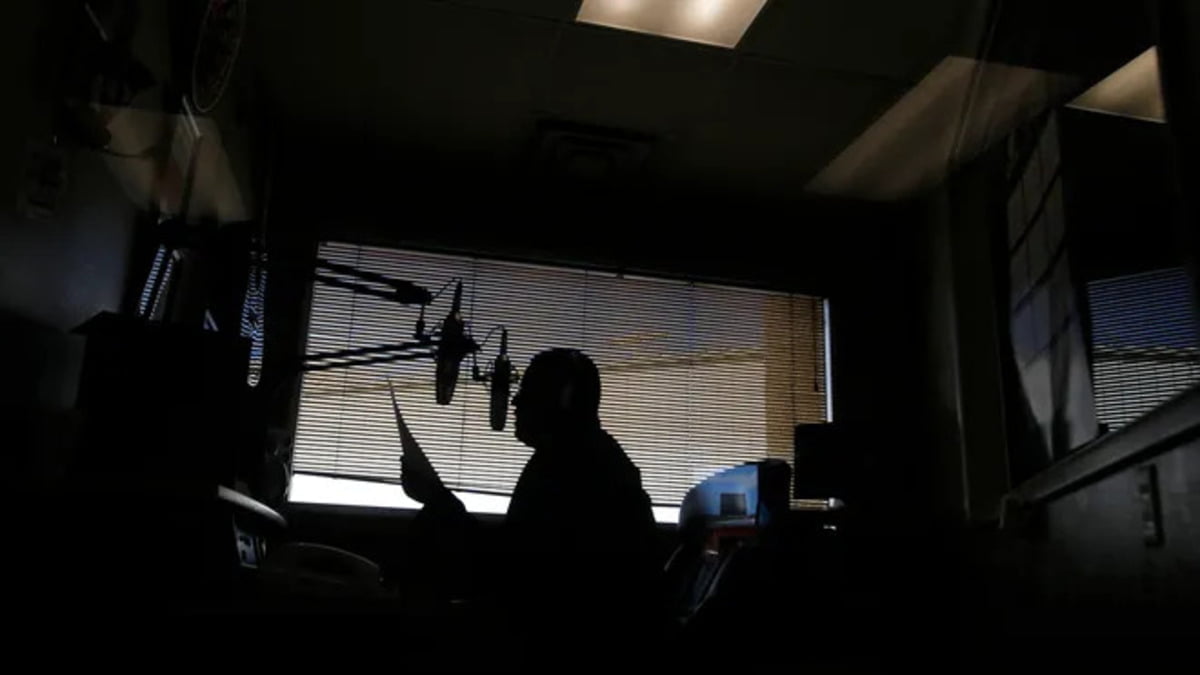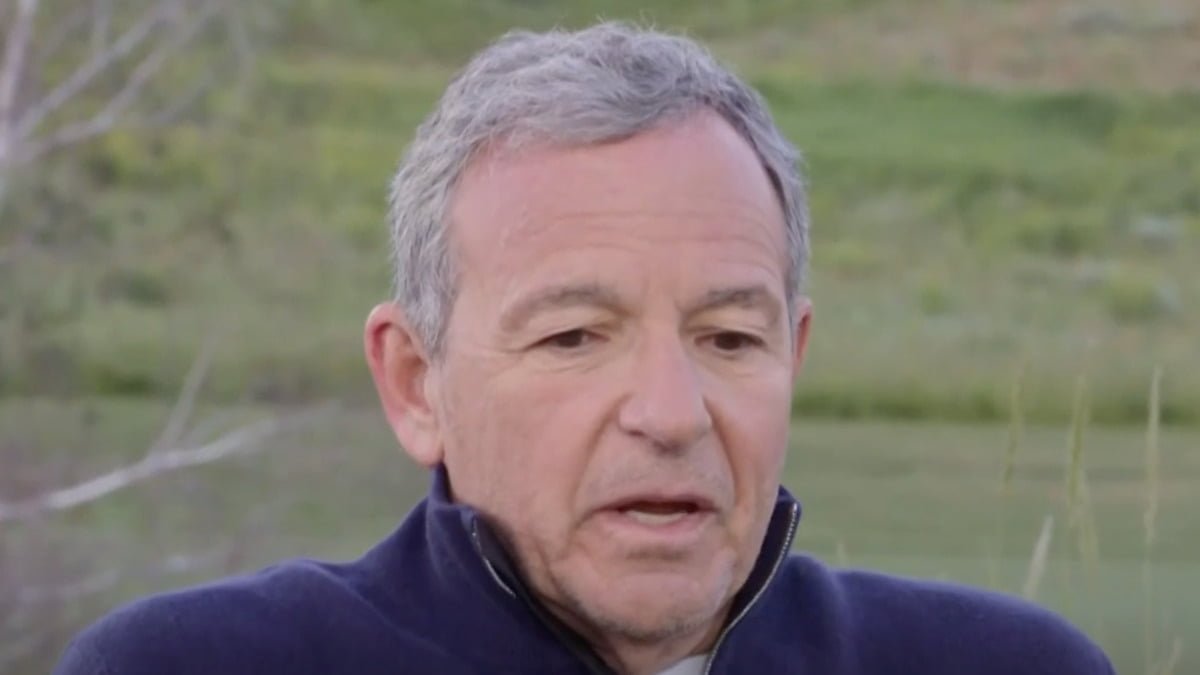I was a kid in the 1970s. More importantly, I was a Mets fan and I enjoyed listening to the games on the radio far more than I did watching them on TV. Even so, I embraced both mediums of coverage for one major reason.
Okay, actually it was three major reasons:
Their names were Bob Murphy, Lindsey Nelson, and Ralph Kiner and these three handled the broadcast duties for both radio and TV during every game.
It was continuity and familiarity in their finest forms. One could watch the first three innings of the game on TV with Nelson calling the play-by-play and Kiner providing the color. Back then, Kiner wasn’t known quite so well for his combination of Phil Rizzuto/Yogi Berra-like utterances that came later with age.
By inning four you could hop into the car with Mom (Dad was a Yankee fan) and the kids and catch the next three innings on the radio with Lindsey Nelson still calling the plays. Meanwhile, Bob Murphy would handle the TV side with Ralph and nobody missed a beat.
One very familiar broadcast team handling all of the broadcast duties. Talk about cornering the market in exposure.
Of course, now we have entirely different TV teams and radio teams to do the jobs that three people once did. Naturally, we need more to cover digital and social media but the voices, are still only going to two platforms.
Of course, this all follows the same concept of every sports team now getting their own stadium. Frankly, you haven’t lived in my opinion unless you went to a Yankees and Giants game in the fall during the 70’s to see the yardage lines and infield markings, same for the Mets and the Jets at Shea Stadium.
Long story but it brings about the point.
News outlets all over are generally hemorrhaging financially and because they lose money, they often lose audience members, and well, they lose the interest of those they’re trying to inform and entertain.
To try and combat this, the platforms go big when and where they can. Local and network, they all try it. Whether it’s planning the next remote location, embedding the reporter and photographer team where nobody expected them to go, or securing the “exclusive” with whoever before the next station claims their own “exclusive” with the very same newsmaker the very next day.
Somewhere, there is somebody trying to dominate the daypart or the market and they’re constantly coming up with “new” concepts in order to achieve this.
Now we know that CBS, ABC, and FOX all have network news operations for the eye and the ear and I do on occasion hear something called NBC News Radio, but honestly one must do some digging to find it on the airwaves.
Nevertheless, there is a mutual effort and collaboration between network TV and radio, largely through radio’s use of edited TV packages. Depending on who you listen to, it often comes off during a newscast as fragmented, dissociative, and largely incomplete reporting. Bad scripts, bad editing and less-than-stellar cooperation between TV and radio is often readily apparent. It gets even worse when that content hits the local stations.
Yes, I know they’re trying and doing the best they can with what they have to work with but it’s more than that.
If you look at the local side of things there is generally even less mutual engagement. Only in the largest markets can local news radio benefit from local TV coverage and again it’s in the form of edited content, chopped and incomplete with less-than-stellar writing around the audio.
But, what if that wasn’t the case?
I mean universally, across networks and local markets, Venti, Grande, and Tall.
These broadcast outlets are truly looking at the challenges they face, realizing their gaps and deficiencies, and looking across town or across the street for answers.
Why not take your mutual staff and truly build (or rebuild) your weak and fledgling news operations into strong and fledgling enterprises? That means working together. No, really working together.
Radio news can help build formidable TV news content and TV news coverage can really become good radio. And no, not by stripping audio or just taking a few cell images for the website.
I am almost positive that when the networks downsized in the late 90s and early 2000s, they were able to stay competitive by training multi-platform correspondents to file for every outlet. A lot of bureaus in the U.S. and around the globe closed directly following that implementation.
When KOMO NewsRadio joined KOMO TV in 2002, they dropped an air studio, edit bays, and reporter desks right in the middle of the TV newsroom.
We weren’t popular at first. (We used to say we knew exactly how Marcia felt after Carol and Mike gave the attic bedroom to Greg.) But the animosity didn’t last.
Reporters and Anchors like being on TV, they like being on radio, and the great majority of them like telling good stories. It worked, at least it appeared to create a positive effect.
Reporters told their stories, Anchors promoted their shows and special coverage got lots of hype, on radio and TV. We didn’t win the ratings wars but we certainly advanced
So, what happened to that idea of joining forces and telling those good stories on more than one platform?
It is hard for me to understand how Sinclair let radio go in Seattle and allowed what I wrote about last week to happen. There was a great opportunity there, lost.
I’m not talking about unmercifully chopping up a TV reporter package to throw on the radio. I’ve talked about that before. CBS will dissect content for it’s affiliates until it is unrecognizable on the air. I find ABC and Fox do slightly better jobs for their radio family.
But hey, local markets. So many of you have radio and TV stations with the same call letters, even if you’re not mutually owned. Sure, more than a few of you will trade off weather content for sponsorship or a station mention but what about the rest of what you do?
If management truly understood their products, they would find ways to complement each other’s operations, and do each other more than just the occasional favor.
A real TV/Radio cooperative could actually dominate by informing and educating and actually thinking of their audience and the job they are supposed to be doing.
There is so much talent out there and so much is regularly lost not only to the fragility of the industry itself but also the lack of ownership and effort.
Hearing a reporter’s voice tell a story while I’m driving in the morning, having that same reporter tease their continuing TV coverage for the evening, and watching them at 6 PM creates and sustains the kind of brand loyalty and sense of reliability I think audiences still strive for.
And yes, I know everyone works very hard but really, a TV reporter crafting a radio script or radio writing the web story or a dozen other mutual efforts that can enhance community standing and popularity. It will never be job security, only an extension of what’s likely inevitable.
Honestly, we have to do something.
Bob, Lindsey, and Ralph are gone so somebody else has got to pick up the baton.
Bill Zito has devoted most of his work efforts to broadcast news since 1999. He made the career switch after serving a dozen years as a police officer on both coasts. Splitting the time between Radio and TV, he’s worked for ABC News and Fox News, News 12 New York , The Weather Channel and KIRO and KOMO in Seattle. He writes, edits and anchors for Audacy’s WTIC-AM in Hartford and lives in New England. You can find him on Twitter @BillZitoNEWS.







